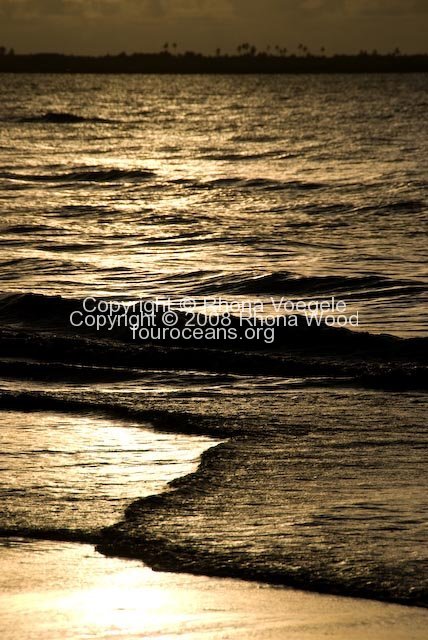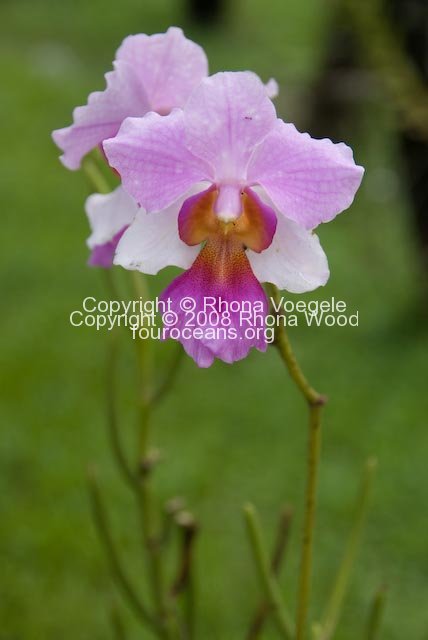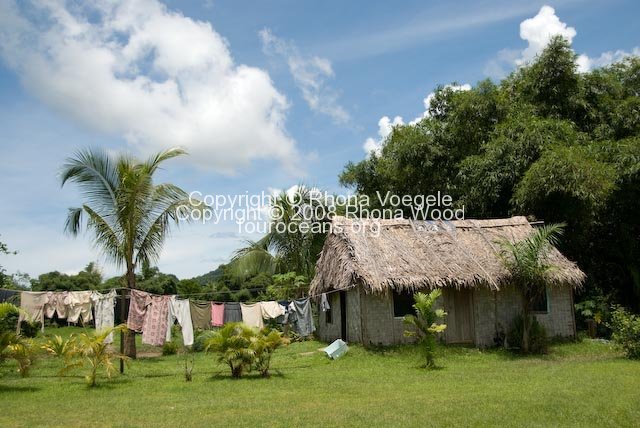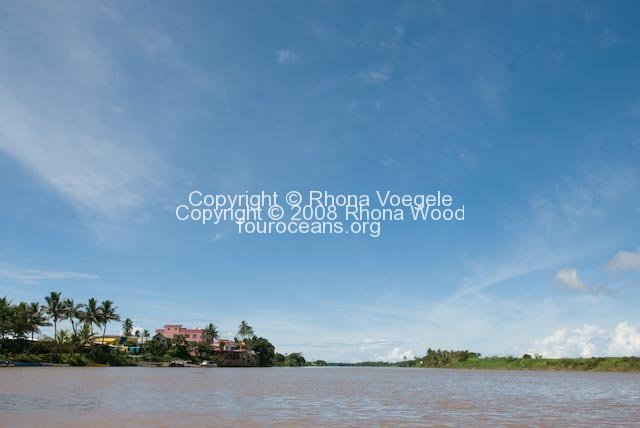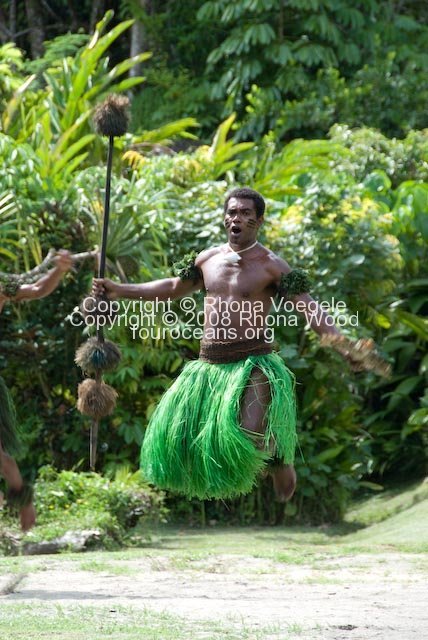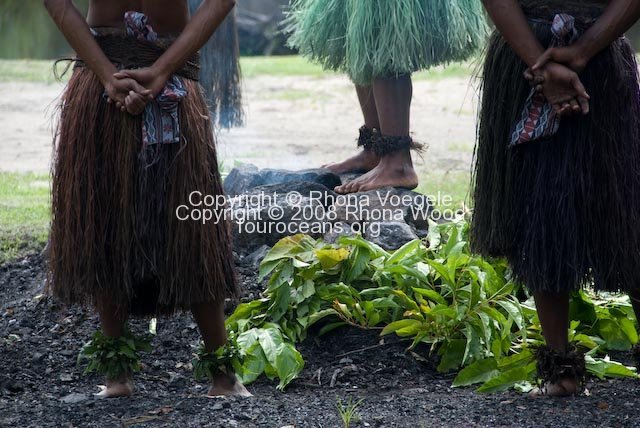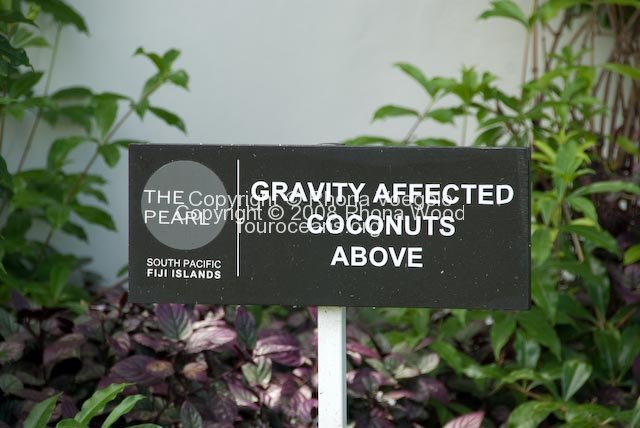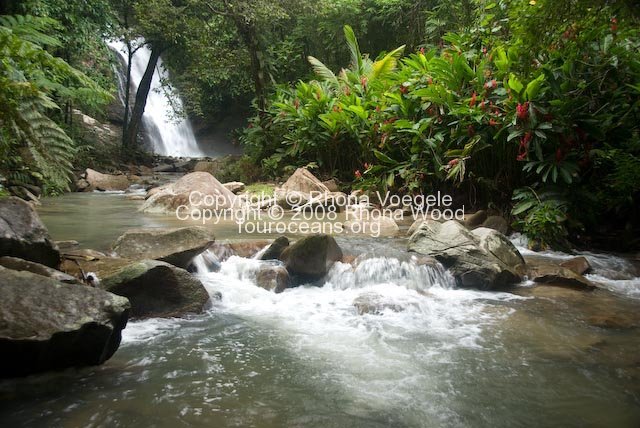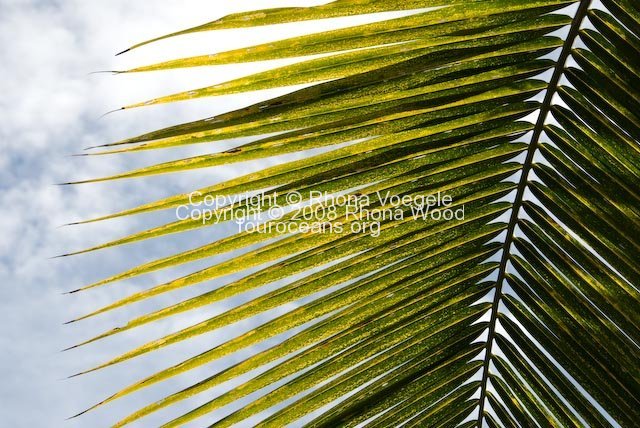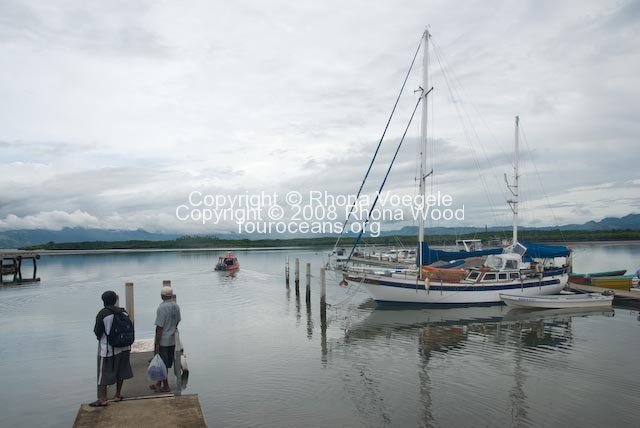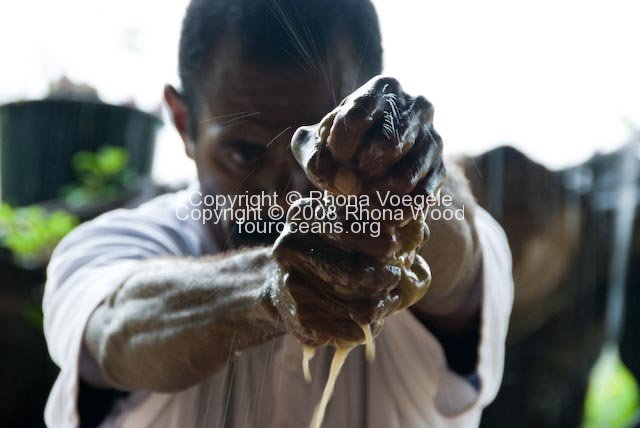Posted by: Rhona in Bulgaria, China, Japan, Kyrgyzstan, Moldova, Norway, planning, Romania, South Korea, Tajikistan, Turkey, Ukraine
A year into the trip I’ll share some statistics about what we’ve been spending our money on. Brett, the nerd that he is, has kept track of every yen, somani, kroner, hryvnia and lei that we’ve spent. Not only that but he’s broken down our spending into various categories – accommodation, transport, food, sightseeing, visas, communication and misc. It seems like a lot of work but actually the data he’s put together is really interesting. When we were feeling a little low on cash it was good to know how long we could sustain our lifestyle given the reserves we had left. Besides, it’s just good to know where the money goes. I’ll give a quick summary of costs in this post – I know it’s not for everyone, but if you’re interested read on…
Read the rest of this entry »
Tags: costs, spending, statistics, Travel
Posted by: Rhona in Bulgaria, China, Japan, Kyrgyzstan, Latvia, Moldova, Norway, Romania, South Korea, Tajikistan, Turkey, Ukraine
Seeing as we’ve been on the road for a year, I feel it’s time to write about some of the highlights. Some of these were written about when they happened, but some are little things that didn’t necessarily register as worthy of a mention at the time. In no particular order:
Read the rest of this entry »
Tags: best of, highlights, Travel
.
.
I’ve been in Fiji for the past week and a half, travelling with my sister (Erica) and her boyfriend (Adrian). We’ve spent some of our time hanging out in the numerous backpacker resorts but done our best to get out and actually see some of the country as well. It’s actually been quite frustrating trying to organise things outside the resort but we’ve done some snorkelling, drunk kava, stayed in a village, learnt about traditional medicine, visited a few waterfalls and seen a few “cultural shows”.
Kava is the local drink, made from the roots of the Yaqona tree. The older the tree the stronger the Kava (most are between 3 and 7 years old). To prepare the drink the roots are first ground into a powder of which a few handfuls are put into a muslin bag. Water is poured over the bag into a large wooden bowl (the Tanoa) and the bag is swished around the bowl then squeezed. The resulting mixture looks and tastes a lot like dirty water except that it has the disconcerting effect of turning your mouth numb. Apparently a large or potent dose can make you hallucinate but when we had a few more than a few cupfuls at a village the only other effect I experienced was a splitting headache. I can’t imagine that would encourage people to keep drinking so I guess the baby cups they were giving us tourists weren’t enough to affect me and the headache was a coincidence.
As part of the welcome to a village they traditionally do a Kava ceremony in which the chief of the visiting tribe is welcomed along with his clan members. At the village we visited Adrian acted as our chief and our guide as his spokesperson. The village had quite an interesting history; it was originally founded in the 1800s by an Englishman. He’d been left off a boat in Tonga following a disagreement with the captain and the Tongans brought him to Fiji to try to find another boat. At that time there was a chief in the highlands nearby who was infamous for his cannibalism and against all advice (and some would say his better judgement) John Humphrey Danford headed up to say hi. The cannibal didn’t eat him and instead used him as an intermediary in negotiations with visiting Europeans (who he presumably also didn’t eat). Mr Danford ended up being so useful to the chief that he was given a wife from the chief’s family and some land to found his own village. The young children in the village are the 7th generation of descendants and all 150 residents are part of an extended family still bearing the Danford family name.
One of the first things we did when we got to Nadi was leave to head out to the Mamunaca Islands. We stayed at one of the budget resorts which cater to backpackers, the Funky Fish. One of the days we went snorkelling and saw the most amazing variety and number of fish! We saw seahorses! Another day when I went for a swim I saw a puffer fish lurking amongst the seaweed. One of the days they offered a traditional medicine tour which was really interesting. For instance did you know that you can give yourself an abortion by squeezing the juice of hibiscus leaves into water and drinking it? And papaya plants can be used for treating deep wounds (the inner bark), flu and sore joints (leaves), swollen gums (roots), making tough meat tender (the green fruit) and eating (the super tasty ripe fruit).
Back on “the mainland” of Viti Levu we spent most of our nights at The Beachouse, a backpacker resort seemingly designed to make you never want to leave. We escaped to Pacific Harbour to snorkel in Beqa lagoon and watch a firewalking show. The islanders who live on Beqa Island are said to have the power over fire, handed down to them from a villager who once caught a local spirit god in his net but released him. The show had firewalking, dancing and the requisite scripted flirting which you seem to always get in these shows.
Tomorrow we leave Fiji to head to Vanuatu for a few weeks there before heading back to Australia.
Tags: Fiji, Travel
Posted by: Rhona in Japan
In spring Japan goes mad for blossoms, in Autumn it’s all about the turning of the leaves. There’s an appreciation for the seasons here that i haven’t really seen anywhere else. There is always seasonal decorations, seasonal food and ever things which can be made all year around (like peach flavoured kit kats or molasses ice-creams) are only available in the “correct” season. I’ll admit it’s a bit annoying when green tea kit kats (which I love) go out of season because it’s no longer winter and i know the only place i can get them until next winter is Kyoto, but on the other hand it’s actually kind of nice to be reminded of the seasons even though i’m living in the midst of the world’s largest metropolis. The greater Tokyo area (which includes Japan’s 2nd largest city – Yokohama) has a population of over 35 million people. That’s close to twice that of Australia!
One of the places close to Tokyo which is well known for the changing of the leaves is Nikko so a few weekends ago we headed up there to do a short walk in the mountains. Traffic was horrific and we nearly missed the last train but it was beautiful up there. Which, of course, was why there were so many people. Here are some photos of the delicate maple leaves changing colour.
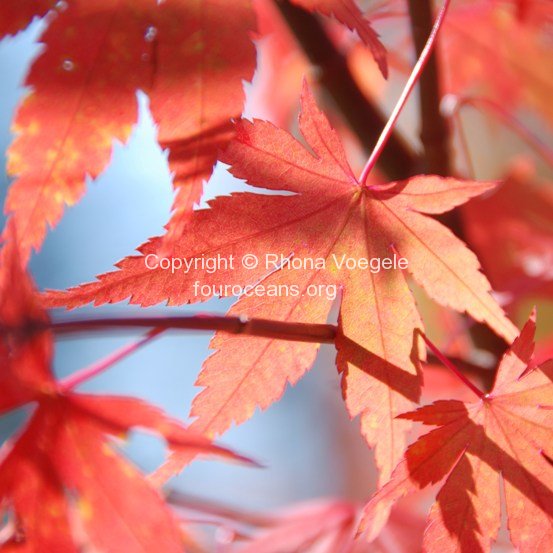
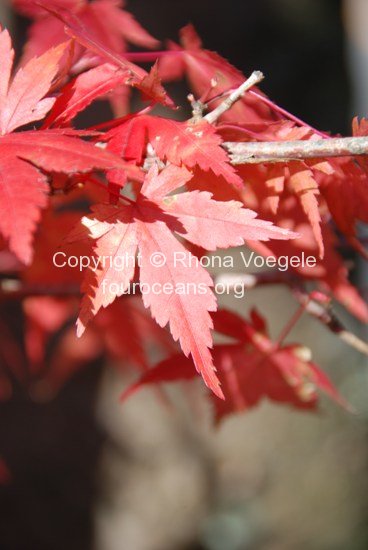
Tags: autumn, Japan, nature, Travel
Another entry from my life in Tokyo before i leave on my mad adventure. The other week i headed down to Tsukiji fish market on one of the first trains (4:30am wakeup i believe it was) to experience the hectic market for what may be the last time. I never did get around to buying the leopard print gumboots I planned on buying when i moved here and knew that visiting the fish market would be a semi regular occurrence. Another thing I never did was buy a fresh wasabi root and grate my own wasabi to eat with sushi. Strange thing when you’ve lived in a place so long but not done the things you wanted to do in the first week there.
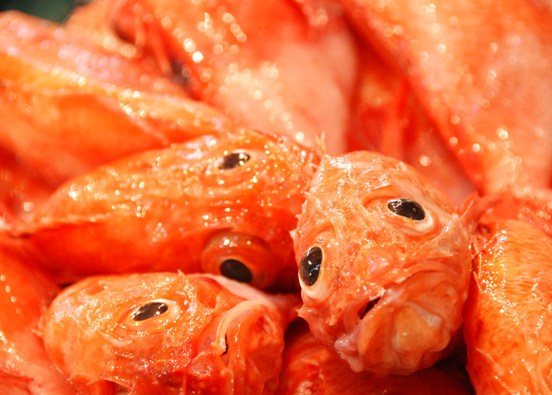
Fish wait for a buyer at the Tsukiji fish market in Tokyo. The largest fish market in the world by a ridiculously wide margin, Tsukiji sells around 450 different types of seafood at any one time, with about 2,200 different types being sold over the course of a year. Approximately 4,000 tonnes of seafood gets sold every day and around 12 million people will eat something sold at Tsukiji every day. They’re mind boggling numbers.
These fish are at one of the 1,500 small wholesale stalls which sell to small retailers and restaurant owners. The whole area is a hive of activity in the early morning, when the people who will eat for lunch the fish sold here are still fast asleep.
Tags: fish, fish market, Japan, Tokyo, Travel, Tsukiji
